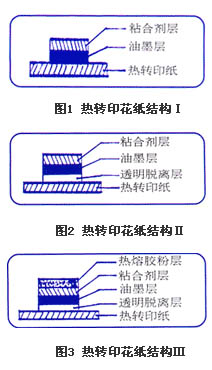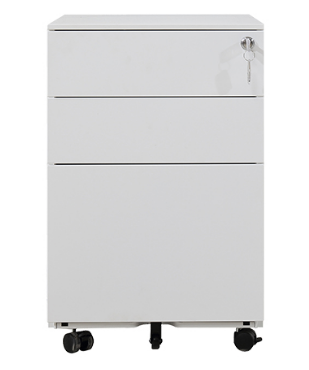The thermal transfer technology has been applied to fabric thermal transfer printing very early. With the rapid development of high technology, thermal transfer technology has become more and more widely used.
The classification of inks includes thermal transfer printing and thermal sublimation transfer printing; the classification of fabrics, plastics (plates, sheets, films), ceramics, and metal coated plates from the transferred materials; Screen printing, plain printing, gravure printing, embossing, ink jet and ribbon printing, etc.; thermal transfer paper and thermal transfer plastic film are classified from the substrate. The following focuses on the heat transfer and sublimation transfer printing technology.
First, hot pressure transfer technology
The hot-pressure transfer printing technology is firstly printed on a thermal transfer paper or a plastic film by screen printing, gravure printing, etc., and then transfer the graphic and text to articles such as fabrics and leathers by heating and pressurizing.
(I) Ink Formula Example
Examples of screen printing thermal transfer ink formulations are as follows (for reference only).
N-methoxy methyl polyamide 19%
Benzyl alcohol 40%
Toluene 17%
Ethanol 6%
Bentonite 9%
Pigments 9%
The N-methoxymethyl polyamide is dissolved in a solvent such as benzyl alcohol, toluene, and ethanol, stirred with a heat-resistant pigment and swelling, and then ground into a screen printing ink. The ink is printed on a carrier (such as a thermal transfer paper) by a screen printing method, and then the fabric is subjected to heat transfer printing.
(b) Structure of hot pressed transfer paper
There are three types of structure of hot press paper.
1. It consists of a thermal transfer paper, an ink layer, and an adhesive layer, as shown in FIG.
2. It consists of a thermal transfer paper, a clear release layer, an ink layer, and an adhesive layer, as shown in FIG. 2 . Transparent release layer can be used as a protective film for ink.
3. It is composed of a thermal transfer paper, a transparent release layer, an ink layer, an adhesive layer, and a hot melt powder layer, as shown in FIG. 3 . The heat transfer paper sprinkled with the hot melt powder layer had the best resistance to friction, fastness and adhesion.

Office filing cabinets are made of sheet metal and wood. The drawers usually use a drawer slide to facilitate opening the drawer which includes an "outstop" to prevent the drawer from being pulled completely out of the cabinet. To open a drawer on most metal filing cabinets, a small sliding mechanism known as a "thumblatch" must be pressed to release and open the drawer. Each drawer has a handle to grip and pull the drawer with. On the front face of each drawer, there is usually a label holder to allow the user to identify the contents of the drawer. Many file cabinets incorporate a keyed lock to prevent unauthorized access to the documents being stored. There are two types of locks. A "cam lock" is activated with a key that rotates the lock. A "plunger lock" is opened with a key but can be closed by merely depressing the body of the lock. The plunger lock allows a user to quickly close and lock several cabinets in a short amount of time. Some file cabinets have a metal plate or wire structure at the back of each drawer which is known as a follower block. The follower block can be adjusted forward to reduce the length of the drawer so that the file folders contained within remain upright and at the front of the drawer for easier access.

Office Filing Cabinet With Drawers, Sidekick File Cabinet, Pedestal Mobile Cabinet
Ningbo YINGBOTE Trading Co.,Ltd , http://www.intelligentoffice-cn.com
![<?echo $_SERVER['SERVER_NAME'];?>](/template/twentyseventeen/skin/images/header.jpg)